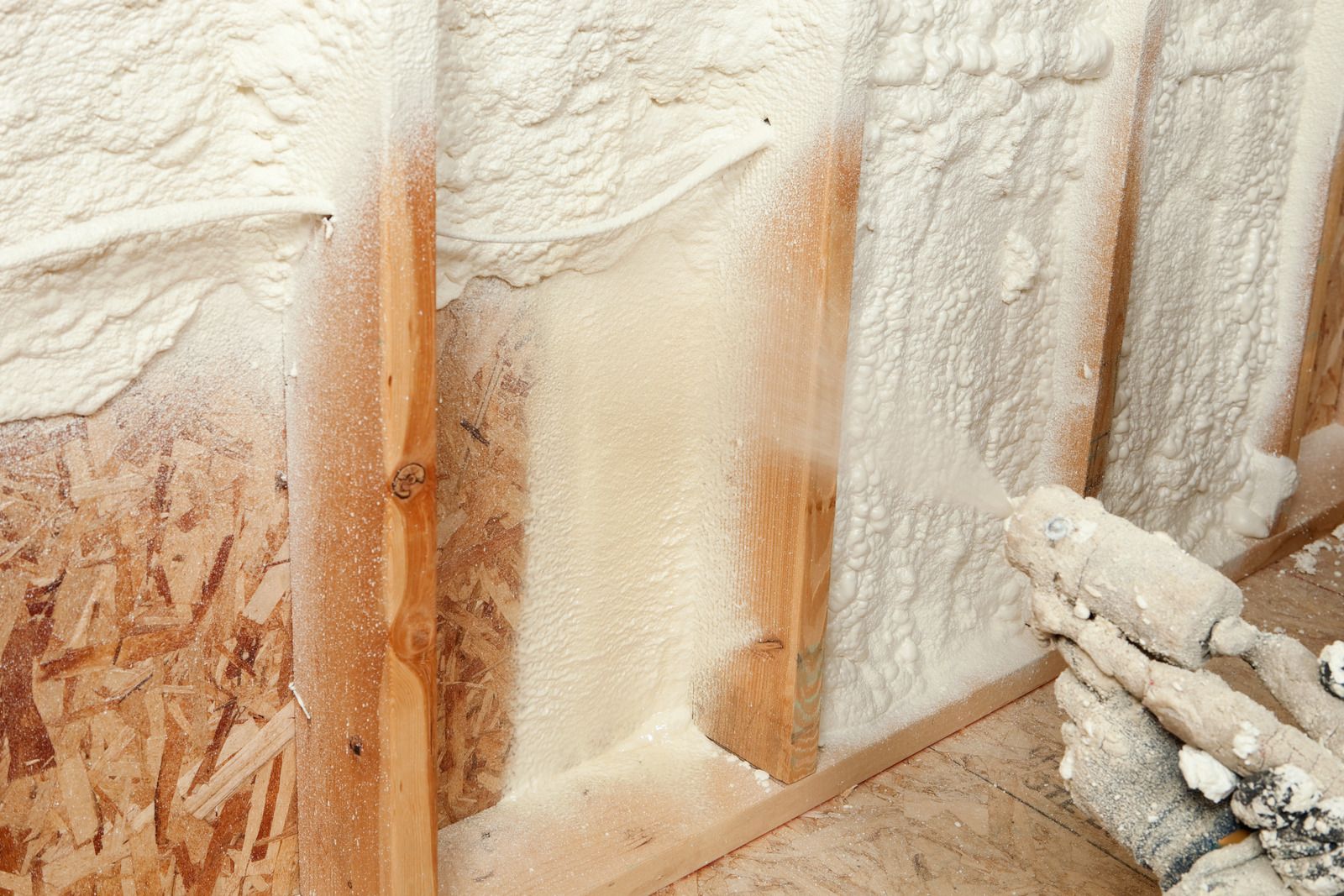Exploring the Latest Advances in Spray Foam Insulation Technology
In the evolving landscape of building and construction, the focus on energy efficiency and environmental sustainability has never been more crucial. The innovation in spray foam insulation technology is at the forefront of this movement. This technology, essential for achieving optimal thermal and acoustic insulation in buildings, has undergone significant advancements in recent years. These developments enhance the material's insulating properties and address critical environmental concerns. This blog post aims to explore the latest advances in spray foam insulation, examining how they contribute to creating more energy-efficient, eco-friendly, and structurally sound buildings, marking a transformative phase in construction technology.
What is Spray Foam Insulation?
Spray foam insulation is a chemical product that expands and hardens into foam upon application, creating an effective thermal and acoustic barrier. There are two main types: open-cell and closed-cell foam, each with distinct properties and applications. Open-cell foam is softer and more flexible, ideal for sound insulation, while closed-cell foam is denser, providing superior thermal insulation and structural reinforcement.
Eco-Friendly Advances
One of the most notable advancements in spray foam technology is the shift towards environmentally friendly materials. Traditional spray foams often contained harmful chemicals like HFCs (hydrofluorocarbons) that contributed to ozone depletion. Recent formulations have replaced these with more sustainable alternatives, significantly reducing their environmental impact. Some new spray foams also incorporate recycled materials, enhancing their eco-credentials.
Enhanced Performance and Durability
Modern spray foam insulations boast improved performance. They provide better thermal resistance (R-value), making buildings more energy-efficient. This efficiency reduces heating and cooling costs, contributing to a smaller carbon footprint. Moreover, advancements in the chemical composition have led to foams that are more resistant to moisture and mold, enhancing the durability and longevity of the insulation.
Innovative Application Techniques
The application process of spray foam insulation has also transformed. New spraying equipment offers greater precision and speed, enabling more uniform application and reducing waste. Some recent innovations include robotic spray arms and drones for hard-to-reach areas, ensuring consistent coverage even in complex structures.
Safety and Health Improvements
Health and safety concerns have driven advancements in the formulation of spray foams. Modern products have lower levels of volatile organic compounds (VOCs), making them safer for installers and occupants. Additionally, advancements in fire-retardant properties have made spray foams safer in case of fire, addressing one of the traditional concerns with foam insulation.
Cost-Effectiveness and Market Trends
Despite the higher initial cost than traditional insulation materials, the latest spray foam technologies offer long-term cost-effectiveness. Their superior insulation properties lead to significant energy savings over time. The market for spray foam insulation is expanding, with increased demand in both residential and commercial sectors, driven by heightened energy efficiency and sustainability awareness.
Conclusion
The latest advancements in spray foam insulation technology represent a significant leap forward in building efficiency and sustainability. These developments not only enhance the performance of spray foam but also address environmental, safety, and health concerns. As technology continues to evolve, it's expected to play an increasingly vital role in creating greener, more energy-efficient buildings.

